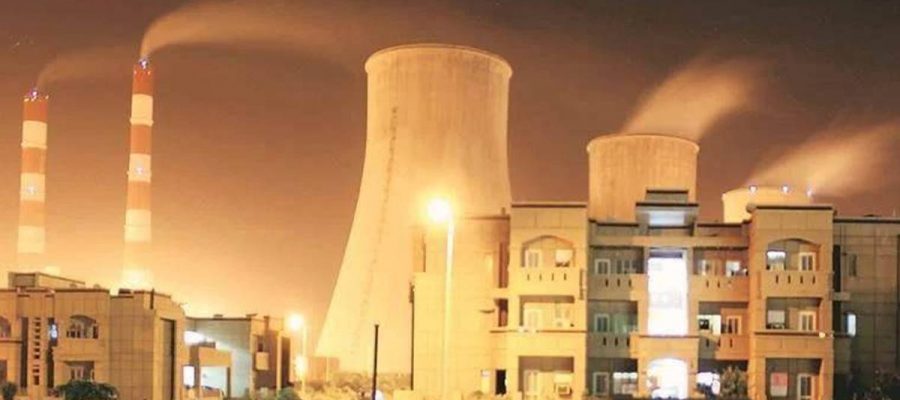In its latest direction on September 17, the Commission for Air Quality Management asked them “to initiate immediate steps to co-fire biomass-based pellets, torrefied pellets/briquettes (with focus on paddy straw) with coal (up to 5-10%) in the power plants through a continuous and uninterrupted supply chain”.
To minimise farm fires and improve air quality in the capital, a central government panel has directed 11 thermal power plants within a 300 km radius of Delhi to co-fire 5-10% biomass fuel of their total coal consumption.
In its latest direction on September 17, the Commission for Air Quality Management (CAQM) asked them “to initiate immediate steps to co-fire biomass-based pellets, torrefied pellets/briquettes (with focus on paddy straw) with coal (up to 5-10%) in the power plants through a continuous and uninterrupted supply chain”. The panel also ordered them to implement the direction without “any delay”.
This comes after Environment Minister Bhupendra Yadav chaired a meeting with representatives of power plants in the Delhi-NCR region and laid stress on using crop residue as a fuel.

The National Thermal Power Corporation (NTPC) has told the commission that the fuel change move would not require any design tweak in boilers. “NTPC has confirmed that it is technically feasible and implementable to co-fire bio-moss pellets with coal in proportion up to 5-10% in thermal power plants without any modifications in the boilers,” read the direction.
Haryana and Punjab generate 20 million tonnes and 1.2 million tonnes of paddy straw a year. Experts said that unless the seamless supply of crop residue from fields to end-users, including power plants, was ensured, the direction would have no impact.
“In October-January, NCR plants use a little over 10 million tonnes of coal and account for 25% of the coal-based generation in north India. Replacing 10% of this coal with farm pellets could mean utilisation of 1.3 million tonnes of crop residue… The processing and supply chain to even process 1.3 million tonnes of biomass is not in place,” said Karthik Ganesan, Fellow, Council on Energy Environment and Water.
Source: Read Full Article


